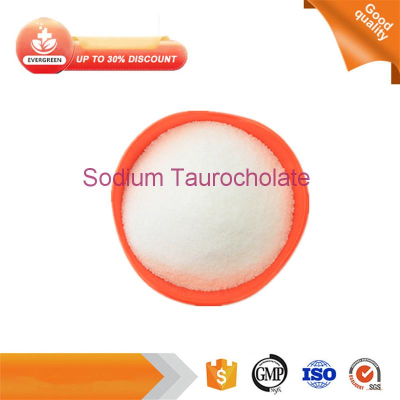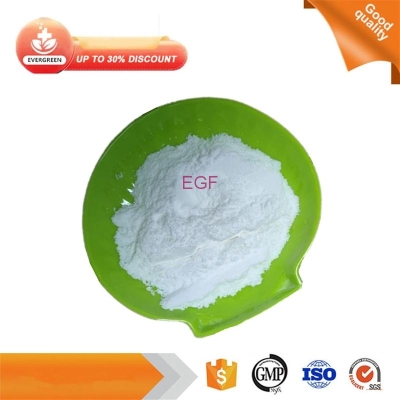-
Categories
-
Pharmaceutical Intermediates
-
Active Pharmaceutical Ingredients
-
Food Additives
- Industrial Coatings
- Agrochemicals
- Dyes and Pigments
- Surfactant
- Flavors and Fragrances
- Chemical Reagents
- Catalyst and Auxiliary
- Natural Products
- Inorganic Chemistry
-
Organic Chemistry
-
Biochemical Engineering
- Analytical Chemistry
- Cosmetic Ingredient
-
Pharmaceutical Intermediates
Promotion
ECHEMI Mall
Wholesale
Weekly Price
Exhibition
News
-
Trade Service
The patient, a 57-year-old female, had a gastroscopy of an elongated submucosal mass in the upper esophageal section due to swallowing discomfort
Endoscopy ultrasound: hyperechoic masses protrude into the lumen of the esophagus with unknown origin (Figure B
CT scan shows: the neck esophageal boundary is clear, low density occupancy (white arrow, CT value 79.
Whole blood tests, liver, kidney, coagulation function, and tumor markers are all within the reference range
Endoscopic resection
The answer is revealed: hamartoma of the lower pharynx
During endoscopic resection, the esophageal mass was found to be a long-stemmed polyp-like mass originating from the right epiglottis that protruded into the upper esophageal segment and resembled a submucosal tumor of the esophagus (Figure F
Histopathological examination found that the submucosal tumor consisted of mature adipose tissue, salivary glands, smooth muscle, and hyperplastic blood vessels, and was diagnosed as hypopharyngeal Hamartoma (Figure G).
Figures F, G
Malformation, also known as angioleiomyoliatoma, is a benign tumor, the cause of its onset is unknown, mostly occurs in the elderly, and the growth rate is slow
.
Malformationomas tend to occur in the kidneys, but can also be seen in the liver, colon, lungs, breast, spleen, etc.
, but occur in the esophagus is rare
.
Enhanced CT and EUS may be the test of choice for esophageal hamartoma, but the final diagnosis of the lesion remains dependent on histohistology
.
Although hamartomas are not true tumors, they may have carcinogenic potential and should be removed surgically as soon as they are discovered
.
References:
1.
Zhu
Z, Chen L, Yin J.
A Rare Esophageal Mass[J].
Gastroenterology, 2022.
2.
LI Hang, KONG Xianglei, JIANG Lijuan, et al.
Imaging characteristics of esophageal hamartoma[J] .
Chinese Journal of Gastrointestinal Surgery,2015,14(2): 164-166.







